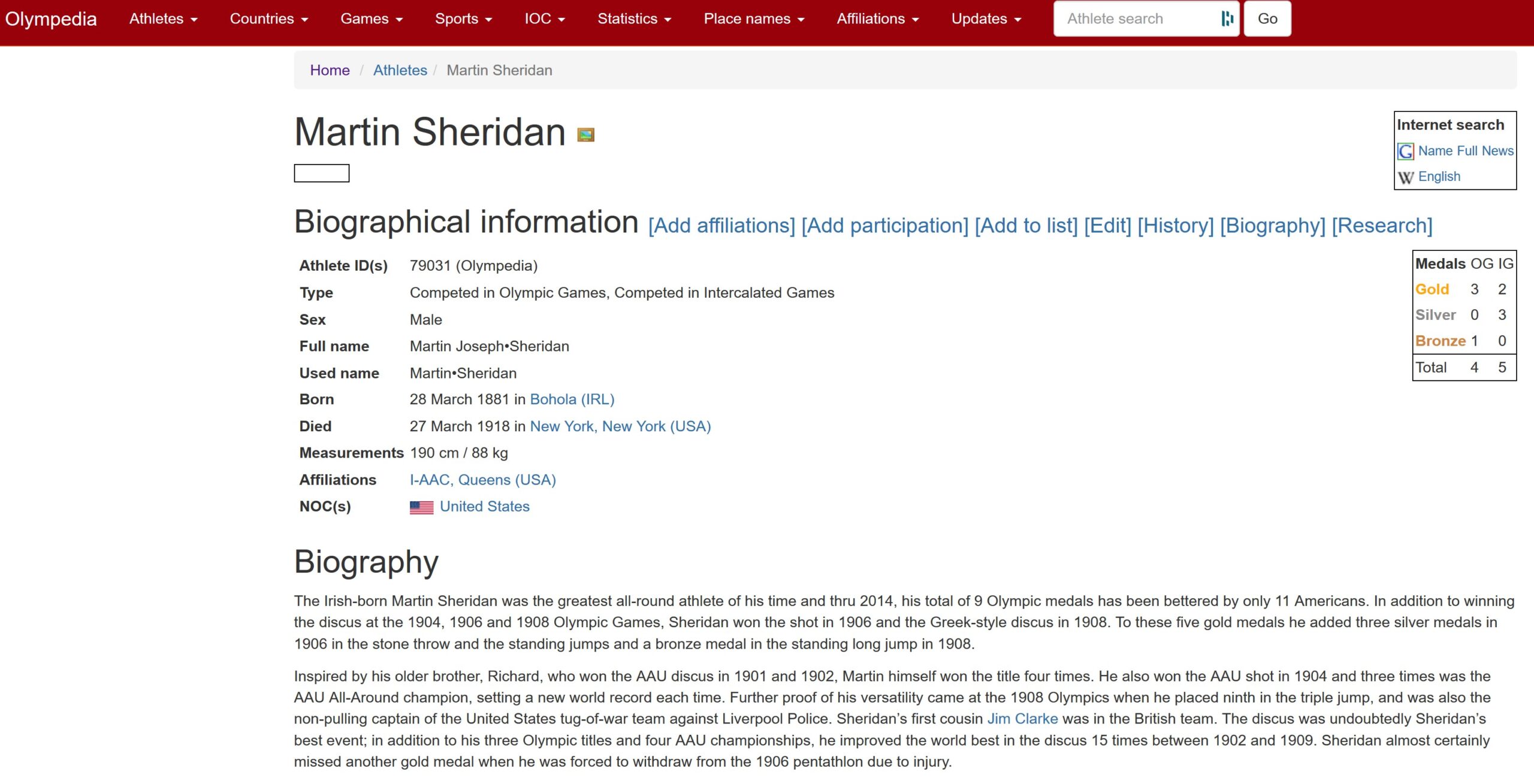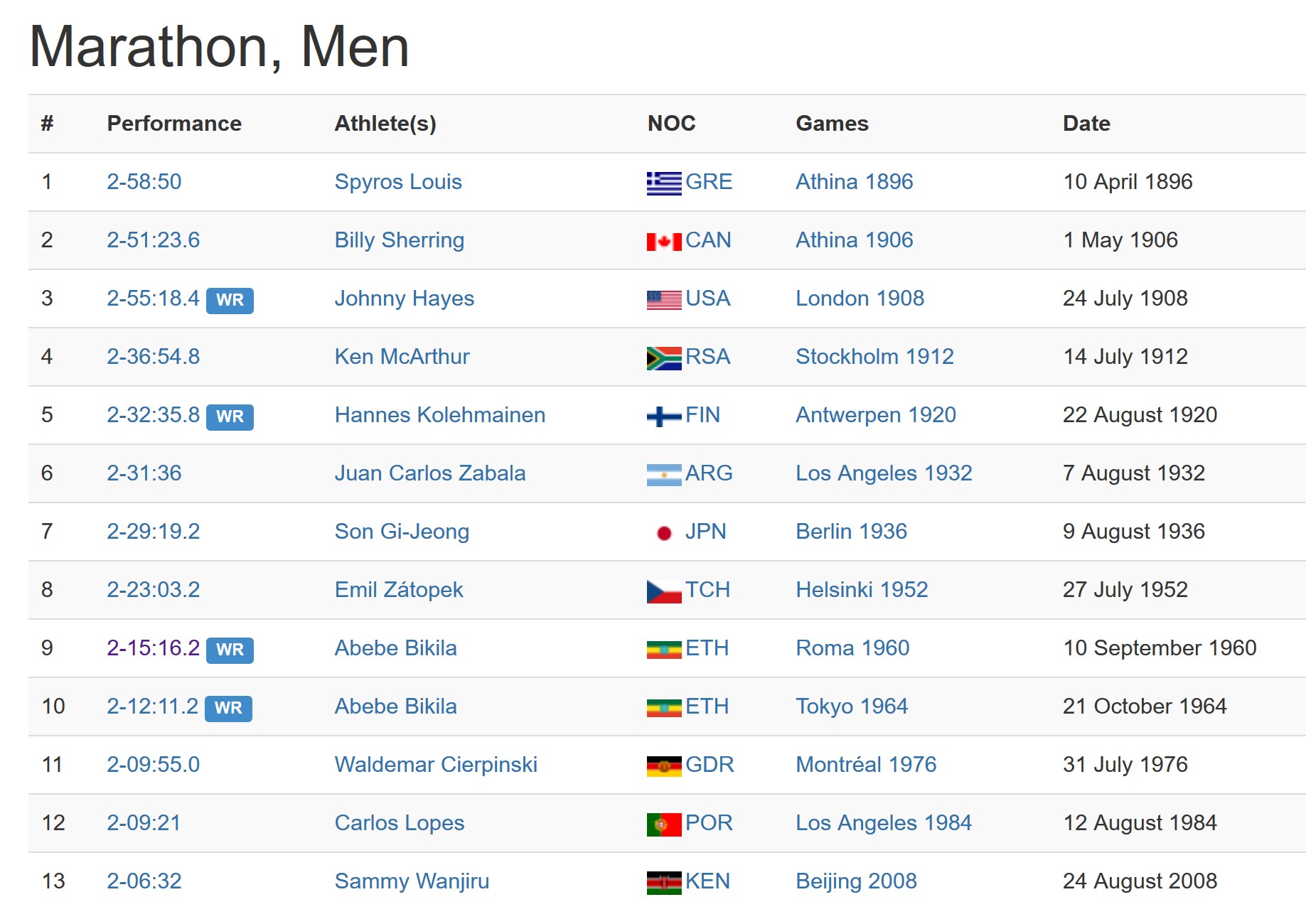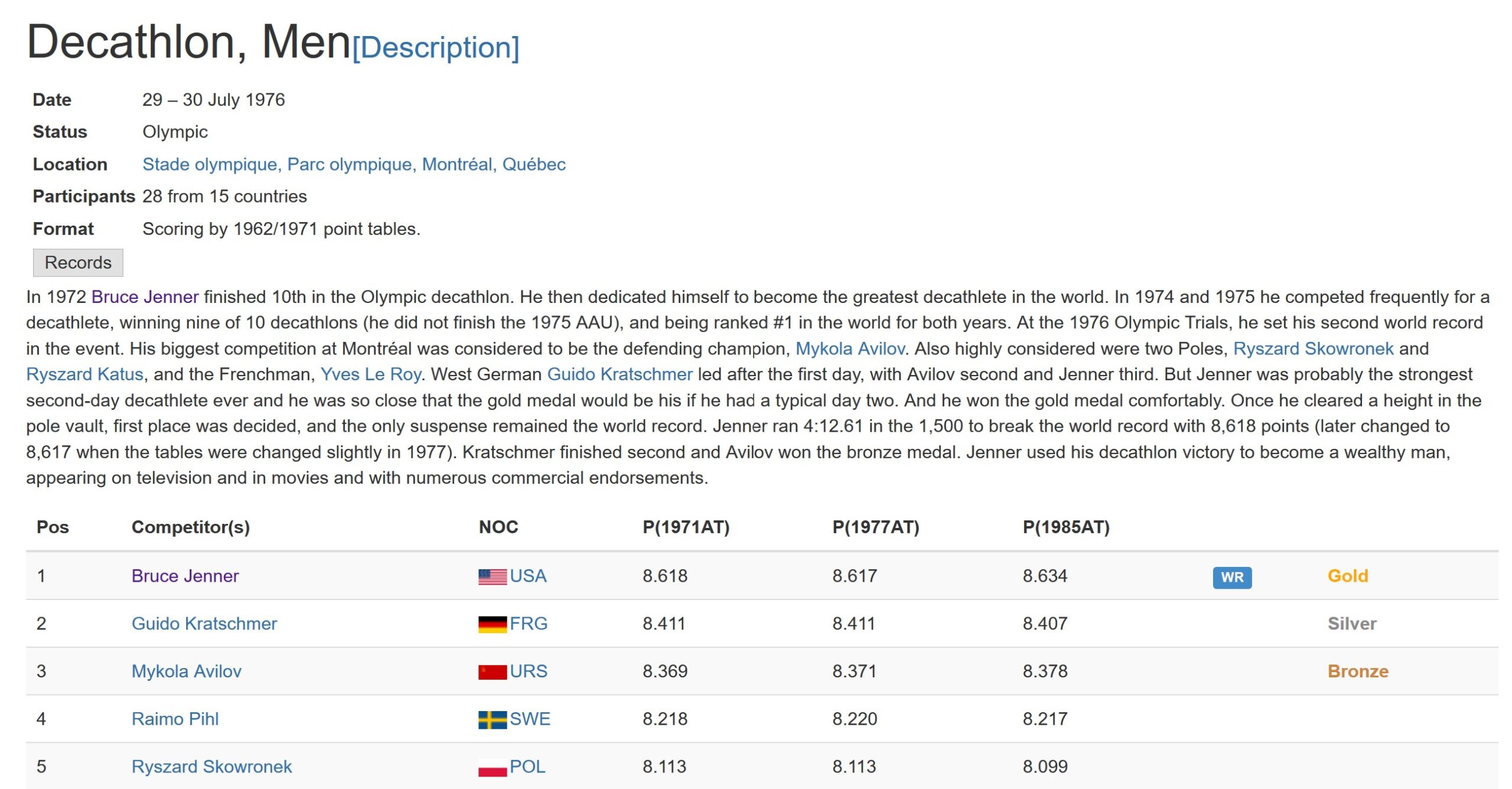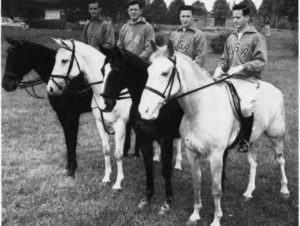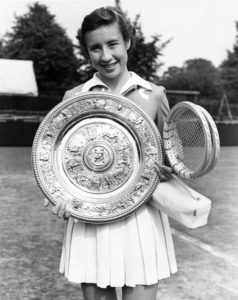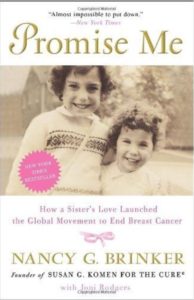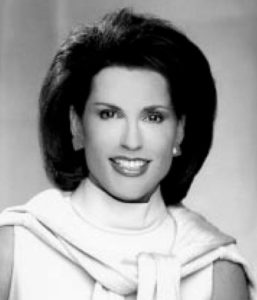The following was Appendix 2 from my book on the 1920 Olympics (Jefferson, NC: McFarland Press, 1999). Seems very appropriate to reprint here on this weekend.
Slightly more than 6,000 athletes competed in the Olympic Games from 1896 to 1912. They represented the “Youth of the World,” our best and brightest, most of them in the primes of their lives. But when war broke out in 1914, the Olympians often represented those best able to serve their nations as soldiers. Many of them did fight in World War I, but not all of them returned. On the morning of the Opening Ceremony, 14 August 1920, Cardinal Mercier, gave a Te Deum mass in honor of the Olympian War dead. Following are some of those poignant tales.
Canadian physician, soldier, and poet John McCrae published this famous poem in 1915 about the Allied dead buried in Belgium.
In Flanders Fields
John McCrae (1872-1918)
In Flanders fields the poppies blow
Between the crosses, row on row,
That mark our place; and in the sky
The larks, still bravely singing, fly
Scarce heard amid the guns below.
We are the Dead. Short days ago
We lived, felt dawn, saw sunset glow,
Loved and were loved, and now we lie
In Flanders fields
Take up our quarrel with the foe;
To you from failing hands we throw
The torch; be yours to hold it high.
If ye break faith with us who die
We shall not sleep, though poppies grow
In Flanders fields.
******************
In 1904, Arthur Wear played tennis at the St. Louis Olympics, winning a bronze medal in the men’s doubles.
In the September 2000 issue of the Journal of Olympic History, June Wuest Becht wrote the following letter to the editor:
When I was growing up in St. Louis, my Father took me to Jefferson Memorial once a year to see the names of his fallen friends from WWI chiseled on the wall. The Memorial was built with money left after St. Louis’ World’s Fair and Games of the Third Olympiad expenses were paid.
Listed with the dead for the 89th Division, 356th Infantry, is the name “Arthur Wear.”
My father had been a sergeant in the 89th Division, 354th Infantry and knew Captain Wear, an Olympian, who won a bronze medal in the tennis doubles competition with Clarence Gamble here in 1904.
Before my Father’s death in 1980, he gave me his history of the 89th Division, 1917, 1918, and 1919 (a part of the AEF and Army of Occupation). He was with the Division for the entire time it was on duty on the USA, France, Belgium and Germany.
There I discovered an account of Captain Wear’s death which has never been published (p. 205).
“Trying to cross the Meuse near Pouilly on November 5, 1918. The crossing could not be made at that time.
“Captain Wear had recently been discharged from the hospital and was weak and nervous. His command had been through severe fighting and had had an exhausting march beginning in the early morning. Evidently his mind gave way under the strain of the events and of his depleted physical condition. He ordered his battalion to withdraw from its position along the railroad tracks and bank of the canal to a position in the woods above the town; he sent word to “Take command of the battalion” then going a little aside from his headquarters in the dismal woods, at about 3 o’clock in the morning (November 6) he ended his life by shooting himself in the head. This was one of those tragedies of the war indicative of the frightful strain of the times. Captain Wear’s abilities and courage had been tested in previous fighting and had given promise of a glorious career as a soldier. As a result of his over-zeal in coming back to hard field service before he was physically fit, the Division lost one of its promising officers.”
The Armistice was signed on November 11, 1918, just days after Captain Wear’s death.
His name appears in memory as a soldier not far from the tennis venue where he competed in the Olympic Games of 1904.
******************
In 1908, Wyndham Halswelle won the 400 metre race in one of the most controversial finishes in Olympic history. In the original race, he was obstructed by John Carpenter of the United States and the race was ordered re-run, with Carpenter disqualified. But the American team protested and did not feel Carpenter was at fault. In protest, the other two finalists, both Americans, refused to run in the re-start and Halswelle walked over to win the gold medal. Ian Buchanan wrote of him in British Olympians, “Wyndham Halswelle was a career Army officer, who tragically died from a sniper’s bullet in France while fighting World War I.”
******************
Octave Lapize competed in the 1908 Olympic Games as a cyclist, and won a bronze medal in the 100 kilometre track race. He likely then became the greatest professional cyclist among former Olympians in the pre-War years. Lapize won the Tour de France in 1910, Paris-Brussels 1911-1913, and Paris-Tours 1911, and is still the only person to have won Paris-Roubaix in three consecutive years – 1909-11. A pilot in the French military, he was killed in a dogfight during World War I.
******************
Though Percival Molson failed to place in the 1904 400 metres, he would achieve his fame later, but it would cost him his life. Molson, the great-grandson of John Molson, founder of Molson Breweries of Canada, attended McGill, from which he graduated in 1900, after serving as president of his senior class and gaining every athletic honor the university could offer. When World War I broke out, he joined the Princess Patricia’s Canadian Light Infantry, and fought for them at the Battle of Mount Sorrel in 1916. He was wounded during the battle and returned home, receiving the Military Cross for his efforts. He insisted he be allowed to rejoin the company and on 5 July 1917, while fighting on the outskirts of Avion, France, he was hit by mortar fire while attempting to rescue a fallen friend. Both were killed. In his honor, the main athletic stadium at McGill University is known as the Percival Molson Memorial Stadium.
******************
With Rue My Heart is Laden
from A Shropshire Lad
A[lfred] E[dward] Housman (1859-1936)
With rue my heart is laden
For golden friends I had,
For many a rose-lipt maiden
And many a lightfoot lad.
By brooks too broad for leaping
The lightfoot boys are laid;
The rose-lipt girls are sleeping
In fields where roses fade.
******************
In 1912, the New Zealander, Tony Wilding, won a bronze medal in the men’s covered courts tennis singles. It was a minor highlight of the career of the man who may still be considered New Zealand’s greatest ever tennis player. Anthony Wilding attended Trinity College, Cambridge, and based himself in England. He was Australian champion in 1907, Victorian champion in 1908-09, and won the singles at Wimbledon for four straight years, 1910-13. He fought for the English during World War I and was killed by shellfire on the Western Front while serving as a captain in the Royal Marines.
******************
At the 1912 Olympic Games, athletics fans thrilled to the feats of Hannes Kolehmainen, who won the 5,000 metres, the 10,000 metres, and the cross-country. But Kolehmainen’s greatest race was the 5,000 metres, where Frenchman Jean Bouin pushed him to his limit, with both breaking the world record, Kolehmainen finishing inches ahead of Boyin. Jean Bouin became a foot soldier during World War I. On 29 September 1914, Bouin was killed by an artillery shell that hit him squarely in the chest. It was felt to be friendly fire.
******************
Where Have All the Flowers Gone?
Pete Seeger (1919- 2014)
Where have all the flowers gone, long time passing?
Where have all the flowers gone, long time ago?
Where have all the flowers gone?
Gone to young girls, every one!
When will they ever learn, when will they ever learn?
Where have all the young girls gone, long time passing?
Where have all the young girls gone, long time ago?
Where have all the young girls gone?
Gone to young men, every one!
When will they ever learn, when will they ever learn?
Where have all the young men gone, long time passing?
Where have all the young men gone, long time ago?
Where have all the young men gone?
Gone to soldiers, every one!
When will they ever learn, when will they ever learn?
And where have all the soldiers gone, long time passing?
Where have all the soldiers gone, a long time ago?
Where have all the soldiers gone?
Gone to graveyards, every one!
When will they ever learn, when will they ever learn?
And where have all the graveyards gone, long time passing?
Where have all the graveyards gone, long time ago?
Where have all the graveyards gone?
Gone to flowers, every one!
When will they ever learn, oh when will they ever learn?
******************
In his book Who’s Who of UK & GB International Athletes 1896-1939, British Olympic historian Ian Buchanan noted the following British track & field Olympians who made the final sacrifice during World War I.
Anderson, Gerard (ATH-1912) (*15 Mar 1889 – †09 Nov 1914) Killed in action 9 Nov 1914 while serving with the Cheshire Regiment.
Anderson, William (ATH-1906) (†4.1915) Killed in action April 1915 while serving as a private with the Canadian contingent.
Ashington, Henry (ATH-1912) (*25 Sep 1891 – †31 Jan 1917) Killed in action while serving with the East Yorkshire Regiment.
Astley, Arthur (ATH-1908) (†1916) Killed in action.
Butterfield, George (ATH-1908) (*1882 – †17 Oct 1917) Killed in action while serving as a gunner with the Royal Field Artillery.
Chavasse, Noël (ATH-1908) (*9 Nov 1884 – †04 Aug 1917) one of only three men to have been awarded a bar to the Victoria Cross. Served as a captain in the RAMC he was first awarded the VC in 1916 and awarded the bar, posthumously, in 1917. Killed in action Brandhoek, Ypres, France.
Flaxman, Alfred (ATH-1908) (*1 Oct 1879 – †01 Jul 1916) Killed in action in an attack on the enemy positions at Gommercourt, France.
Hawkins, George (ATH-1908) (*13 Oct 1883 – †22 Sep 1917) Served as a gunner in the Royal Artillery. Killed in action when a shell exploded in the doorway of a dugout while he was on outpost duty.
Hutson, George (ATH-1912) (*22 Dec 1889 – †14 Sep 1914) Killed in action as a regular soldier with the Royal Sussex Regiment.
Kitching, Frederick (ATH-1908) (*7 Jul 1886 – †1914) Killed in action in Dunkirk, France.
Leeke, Henry GBR ATH-1908 15 Nov 1879 29 May 1915) Killed in action in France on the eve of his battalion’s departure for Gallipoli. Served with the Royal Warwickshire Regiment.
Macintosh, Henry (ATH-1912) (*10 Jun 1892 – †26 Jul 1918) Commissioned into the Argyll & Sutherland Highlanders and was killed in action on the Somme.
Patterson, Alan (ATH-1908/12) (*12 Mar 1886 – †4 Mar 1916) Killed in action in France.
Roche, James (ATH-1908) (*1886 – †07 Jun 1917) Served as a lieutenant with the Royal Engineers and won an MC in WWI, before being killed in action in France.
Wilson, Harold (ATH-1908) (*22 Jan 1885 – †1916) Killed in action in France.
Yorke, Richard (ATH-1908/12) (*28 Jul 1885 – †22 Dec 1914) Killed in action in France while serving as a sergeant in the London Scottish.
Buchanan also sent a clipping concerning Charles Rought (GBR; ROW-1912) who died on 31 January 1918. It noted, “The unluckiest of all, however, was probably Charles Rought. A prisoner of war almost from the beginning, he died after eating a bad oyster while waiting to be demobilized after his release, and so technically his death occurred while on active service. Requiescant in Pace.”
******************
There were certainly many others, but many of their stories have never been told. In his excellent series of books entitled Olympische Sommerspiele, Volker Kluge lists the Olympic athletes who died in World War I. In addition to Kluge’s lists, Ian Buchanan has done research on the British athletes who died in World War I. The following list combines the research of these two prominent Olympic historians. Listed after the name are the nation, the Olympic sport and year of competing in the Olympics, followed by the dates of birth and death.
Alexander, Gordon (GBR; FEN-1912) (*1888 – †24 Apr 1917)
Aho, Paavo (FIN; ATH-1912) (*21 Dec 1891 – †04 Mar 1918)
Alibert, Gaston (FRA; FEN-1908) (*1883 – †26 Dec 1917)
Almqvist, Anders (SWE; ROW-1912) (*1885 – †30 Nov 1915)
Bartholomae, Fritz (GER; ROW-1912) (*29 Oct 1886 – †1915)
Békessy, Béla (HUN; FEN-1912) (*16 Nov 1875 – †06 Jul 1916)
Bellin du Coteau, Marc (FRA; ATH-1906) (*1883 – †1915)
Bentham, Isaac (GBR; WAP-1912) (*27 Oct 1886 – †ca1914-18)
Bieberstein, Arno (GER; SWI-1908) (*17 Oct 1886 – †04 Oct 1918)
Bouin, Jean (FRA; ATH-1912) (*21 Dec 1888 – †29 Sep 1914)
Braathe, Julius (NOR; SHO-1906/12) (*4 May 1876 – †08 Jul 1914)
Braun, Hanns (GER; ATH-1912) (*26 Oct 1886 – †09 Oct 1918)
Brebner, Ronald (GBR; FTB-1912) (*23 Sep 1882 – †11 Nov 1914)
Bretting, Kurt (GER; SWI-1912) (*8 Jun 1892 – †30 May 1918)
Burkowitz, Hermann (GER; ATH-1912) (*31 Jan 1892 – †11.1914)
Burn, Thomas (GBR; FTB-1912) (*1888 – †1916)
Bury, Edmund (GBR; RAQ-1908) (*4 Nov 1884 – †04 Dec 1915)
Carver, Oswald (GBR; ROW-1908) (*2 Feb 1887 – †07 Jun 1915)
Caulle, Joseph (FRA; ATH-1912) (*3 May 1885 – †ca1914-18)
Chaffe, Walter (GBR; TOW-1912) (*2 Apr 1870 – †22 Apr 1918)
Chalmers, Ralph (GBR; FEN-1908) (*13 Jan 1891 – †10 May 1915)
Coles, Geoffrey (GBR; SHO-1908) (*13 Mar 1871 – †27 Jan 1916)
Cooper, Robert (GBR; GYM-1906) (†Mar 1918)
Crank, Harry (GBR; DIV-1908) (*1885 – †23 Oct 1917)
Crowther, Herbert (GBR; CYC-1906/08) (*1882 – †1916)
Cumming, Arthur (GBR; FSK-1908) (*8 May 1889 – †08 May 1914)
Davies, Robert (GBR; SHO-1912) (*10 Dec 1876 – †09 Sep 1916)
Dines, Joseph (GBR; FTB-1912) (*12 Apr 1886 – †27 Sep 1918)
Donners, Herman (BEL; WAP-1908/12) (*5 Aug 1888 – †1915)
Drescher, Ludwig (DEN; FTB-1908) (*21 Jul 1881 – †14 Jul 1917)
Duffy, Edward (RSA; ATH-1908) (*6 Jun 1883 – †19 Oct 1918)
Duffy, James (CAM; ATH-1912) (*1 May 1890 – †23 Apr 1915)
Erickson, Charles (USA; WRE-1904) (*1875 – †23 Feb 1916)
Escombe, Lionel (GBR; TEN-1908) (*1875 – †15 Oct 1914)
Fairbairn, George (GBR; ROW-1908) (*18 Aug 1888 – †20 Jun 1915)
Flameng, Leon (FRA; CYC-1896) (*1877 – †1917)
Fogelmark, Ragnar (SWE; WRE-1912) (*15 Mar 1888 – †20 Sep 1914)
Fóti, Samu (HUN; ATH-1912) (*6 Nov 1884 – †17 Jun 1916)
Gillespie, Thomas (GBR; ROW-1912) (*14 Dec 1892 – †18 Oct 1914)
Goldsmith, Henry (GBR; ROW-1908) (*22 Jul 1885 – †09 May 1915)
Gönczy, Lajos (HUN; ATH-1900) (*24 Feb 1881 – †1914)
Goßler, Carl (GER; ROW-1900) (*17 Apr 1885 – †09 Sep 1914)
Grantz, Gunnar (NOR; ROW-1912) (*27 Jan 1885 – †1916)
Haagensen, Karl Johan (NOR; GYM-1906) (*26 Mar 1871 – †25 Aug 1918)
Halme, Juho (FIN; ATH-1908/12) (*24 May 1888 – †01 Feb 1918)
Healy, Cecil (AUS; SWI-1912) (*28 Nov 1881 – †29 Aug 1918)
Herrmann, Max (GER; ATH-1912) (*17 Mar 1885 – †29 Jan 1915)
Hestdahl, Mikael (NOR; WRE-1912) (*13 Nov 1890 – †11 Nov 1918)
Hoben, John (USA; ROW-1904) (*1884 – †06 Jul 1915)
Irgens, Emil (NOR; ROW-1908) (*2 Aug 1883 – †13 Jul 1918)
January, John (USA; FTB-1904) (*6 Mar 1882 – †01 Dec 1917)
Jesinghaus, Walter (GER; GYM-1912) (*10 Oct 1887 – †1918)
Johnstone, Albert (RSA; SHO-1912) (*7 Sep 1878 – †23 Jul 1918)
Kenna, Paul (GBR; EQU-1912) (*16 Aug 1862 – †30 Aug 1915)
Kolehmainen, David “Tatu” (FIN; WRE-1912) (*10 Sep 1885 – †1918)
Laing, Ivan (GBR; HOK-1908) (*18 Aug 1885 – †30 Nov 1917)
Larsen, Edvard (NOR; ATH-1908/12) (*27 Oct 1881 – †11 Sep 1914)
Laws, Gilbert (GBR; SAI-1908) (*6 Jan 1870 – †03 Dec 1918)
Legat, Manlio (ITA; ATH-1912) (*30 Aug 1889 – †18 Sep 1915)
Lehmann, Erich (GER; ATH-1912) (*12 Sep 1890 – †ca1914-18)
Leiblee, Clark (USA; ATH-1900) (*2 Nov 1877 – †20 Aug 1917)
Lindh, Erik (FIN; SAI-1912) (*1 May 1865 – †01 Dec 1914)
Lönnberg, Ivan (SWE; ATH-1912) (*12 Nov 1891 – †26 Apr 1918)
Lützow, Wilhelm (GER; SWI-1912) (*19 May 1892 – †1917)
Mackinnon, Duncan (GBR; ROW-1908) (*29 Sep 1887 – †09 Oct 1917)
Maclagan, Gilchrist (GBR; ROW-1908) (*5 Oct 1879 – †25 Apr 1915)
Mannström, Bror (SWE; MOP-1912) (*26 Oct 1884 – †19 Jul 1916)
Martens, Hermann (GER; CYC-1908) (*16 Apr 1877 – †1916)
Mickler, Alfred Georg (GER; ATH-1912) (*7 Sep 1892 – †14 Jun 1915)
Molinié, Henri (FRA; ATH-1906) (*1874 – †1918)
Mudin, Imre (HUN; ATH-1908/12) (*8 Nov 1887 – †23 Oct 1918)
Mudin, István (HUN; ATH-1906/08) (*16 Oct 1881 – †22 Jul 1918)
Nejedlÿ, ArnoWt (BOH; ATH-1906) (*1883 – †1917)
Nerali¢, Milan (AUT; FEN-1900) (*26 Feb 1875 – †17 Feb 1918)
Nilsson, Calle (SWE; ATH-1912) (*18 May 1888 – †23 Jun 1915)
Odberg, Frank (BEL; ROW-1900) (†1917)
Ommundsen, Harcourt (GBR; SHO-1908/12) (*23 Nov 1878 – †1915)
Pedersen, Oluf (DEN; GYM-1906/12) (*14 Mar 1878 – †08 Mar 1917)
Pédery, Ärpád (HUN; GYM-1912) (*1 Feb 1891 – †21 Oct 1914)
Person, Julius (GER; ATH-1912) (*1 May 1889 – †ca1914-18)
Persson, Martin (SWE; ATH-1912) (*13 Oct 1886 – †13 Feb 1918)
Petersdorff, Herbert von (GER; WAP-1900) (*2 Jan 1882 – †1917)
Pohl-Polenskÿ, Bohuslav (BOH; ATH-1906) (*1881 – †1916)
Powell, Kenneth (GBR; TEN-1912) (*8 Apr 1885 – †18 Feb 1915)
Pridmore, Reginald (GBR; HOK-1908) (*29 Apr 1886 – †13 Mar 1918)
Robinson, John (GBR; HOK-1908) (*6 Aug 1885 – †23 Aug 1916)
Romano, Guido (ITA; GYM-1908/12) (*31 Jan 1887 – †18 Jun 1916)
Rowland, Arthur (NZL; ATH-1908) (*26 Oct 1885 – †23 Jul 1918)
Salmon, Gaston (FRA; FEN-1912) (*1878 – †1917)
Salomez, Maurice (FRA; ATH-1900) (†1916)
Sanderson, Ronald (GBR; ROW-1908) (*11 Dec 1876 – †17 Apr 1918)
Schneidereit, Heinrich (GER; WLT-1906) (*23 Dec 1884 – †30 Sep 1915)
Soalhat, Michel (FRA; ATH-1906) (*1874 – †25 Sep 1915)
Somers-Smith, John (GBR; ROW-1908) (*15 Dec 1887 – †01 Jul 1916)
Spiedl, Zoltán (HUN; ATH-1900) (*17 Mar 1880 – †03 Jul 1917)
Spitzer, Roger (USA; ATH-1908) (*21 Sep 1885 – †20 Mar 1916)
Steuernagel, Curt (GER; GYM-1908) (*1886 – †30 Jul 1918)
Sztantics, György (HUN; ATH-1906) (*19 Aug 1878 – †09 Jul 1918)
Tietgens, Waldemar (GER; ROW-1900) (*26 Mar 1879 – †28 Jul 1917)
Tsiklitaras, Konstantin (GRE; ATH-1912) (*1888 – †1913)
Vigurs, Charles (GBR; GYM-1908/12) (*11 Jul 1888 – †22 Feb 1917)
Viljamaa, Kalle (FIN; WRE-1912) (*15 Feb 1885 – †28 Mar 1918)
von Blixen-Finecke, Hans Gustaf, Sr. (SWE; EQU-1912) (*25 Jul 1886 – †26 Sep 1917)
von Gaza, Bernhard (GER; ROW-1908) (*6 May 1881 – †25 Sep 1917)
von Las-Torres, Béla (HUN; SWI-1908) (*20 Apr 1890 – †13 Oct 1915)
von Lütcken, Eduard (GER; EQU-1912) (*26 Oct 1882 – †15 Sep 1914)
von Preußen, Friedrich Karl, Prince (GER; EQU-1912) (*6 Apr 1893 – †1917)
Vosbergen, Ary (NED; ATH-1908) (*10 Jun 1882 – †14 Nov 1918)
Watzl, Rudolf (AUT; WRE-1906) (*14 Apr 1882 – †15 Aug 1915)
Whittindale, Raymond (GBR; RUG-1900) (*1883 – †09 Apr 1915)
Wilde, Arthur (GBR; SHO-1908) (†1916)
Wilhelm, Richard (GER; ATH-1908) (*1888 – †1917)
Willems, Victor (BEL; FEN-1912) (*1877 – †1918)
Wilson, Arthur (GBR; RUG-1908) (*29 Dec 1886 – †01 Jul 1917)
Wilson, Herbert (GBR; POL-1908) (*14 Feb 1875 – †11 Apr 1917)
Zulavszky, Béla (HUN; FEN-1908/12) (*23 Oct 1869 – †24 Oct 1914)
*****************
To An Athlete Dying Young
A[lfred] E[dward] Housman (1859-1936)
from A Shropshire Lad
The time you won town your race,
We chaired your through the marketplace.
Man and boy stood cheering by,
And home we brought you shoulder high.
Today the road all runners come,
Shoulder high we bring you home
And set you at your threshold down,
Townsman of a stiller town.
Smart lad to slip betimes away
From fields where glory does not stay.
For quickly though the laurel grows,
It withers quicker than a rose.
Eyes the shady night has shut
Cannot see the record cut.
And silence sounds no worse than cheers,
After earth has stopped the ears.
Now you will not swell the rout,
Of lads who wore their honors out.
Runners whom renown outran,
And the name died before the man.
So set before the echoes fade,
That fleet foot on the sill of shade,
And hold to that low lintel up,
The still defended challenge cup.
And round that early laureled head
Will flock to gaze the strengthless dead,
And find untarnished the its curls,
A garland briefer than a girls.
